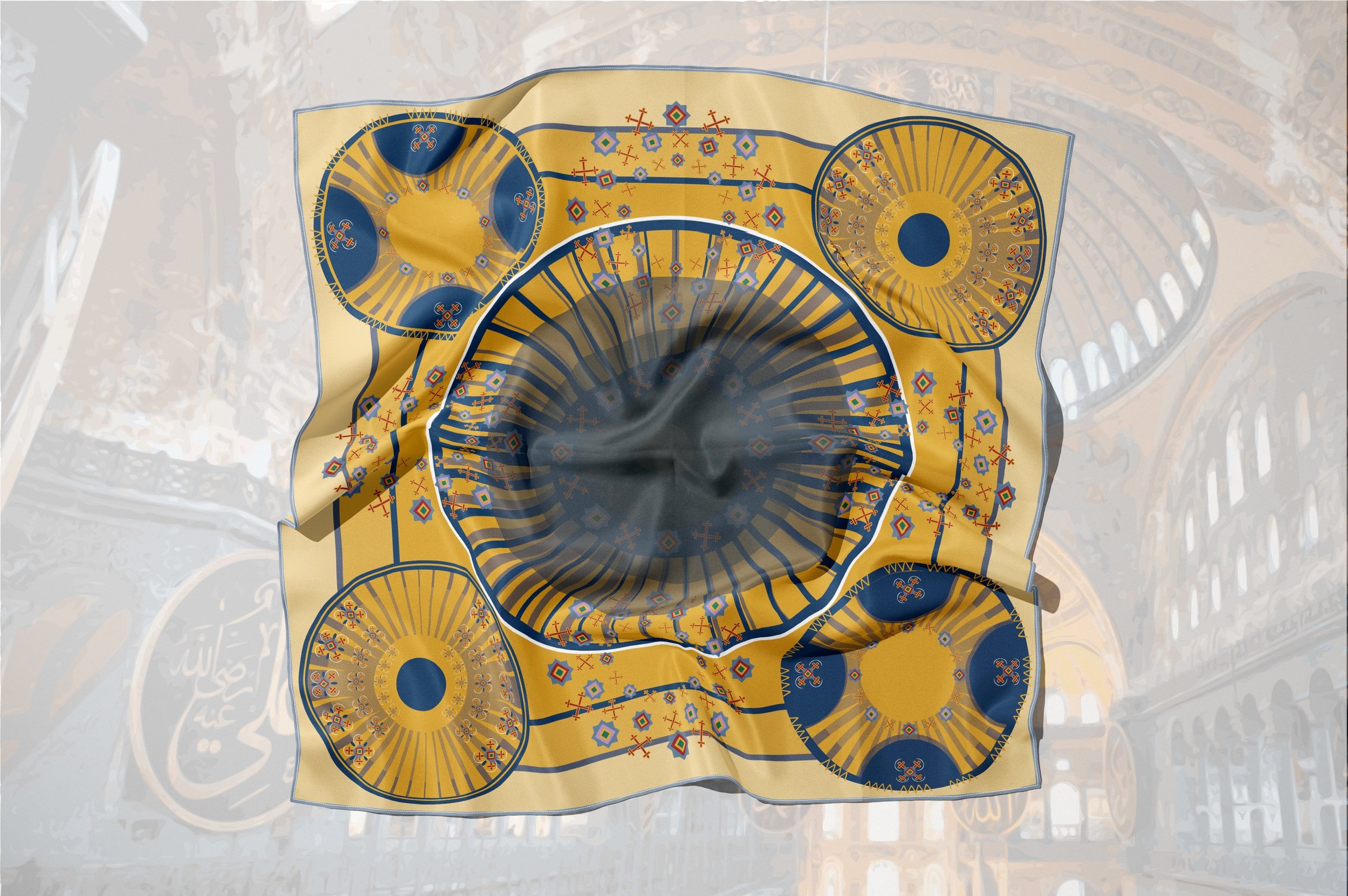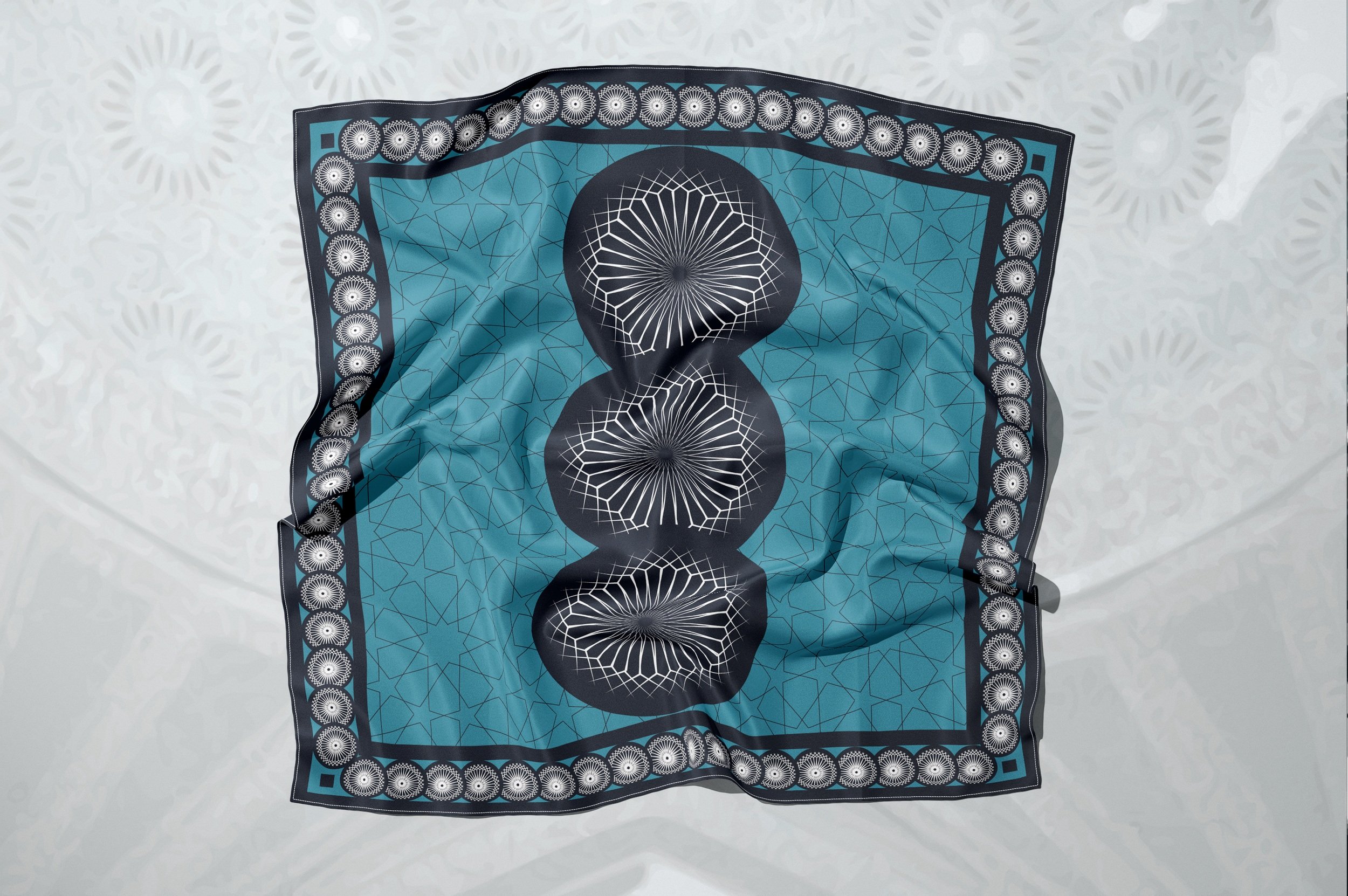The wearing of hijab by Muslim women is a divisive issue around the world. The history of veiling by Turkish women is important because of this divisiveness and because of its global Relevance in contexts of economics, politics, and culture. The headscarf, as a form of art and power, has significant influence on the freedoms of women. The goal of this research project is to elevate Western understanding of Turkish women’s headscarf veiling as it is located in economic, political, cultural, and socio-historical contexts and as it intersects with artistic influence and design. This research on the contradictions and debates surrounding the headscarf provides a better understanding of the diversity of thought among women in the Republic of
Turkey.
This shared history and complexity is embedded in the art and culture of Turkey and is a unifying force around a divisive issue. The story of hijab and the headscarf begins during the 600 years of Ottoman rule, sees huge changes in the Kemalist era, and continues in popular debates today. This project focuses on the history of the headscarf as a form of artistic and political voice in Turkey. The relationship between the headscarf and other forms of Turkish art and their influences are introduced. The research and the written report serve as a foundation for the author's production and presentation of related scarf designs, woodcut panels, acrylic panels, digitally-manipulated papercut designs on wood, and public art installations. This paper and the related artistic productions explore the unifying power of art in complex cultural and political environments.








